The challenge
Recent catastrophic wildfires have made it clear that much of the Western United States is exposed to material wildfire risk—including Hawaii and other states that were previously thought to face relatively little danger from wildfire. Climate change, a legacy of landscape management oriented at fire suppression, and increased development of housing in vulnerable areas have all contributed to large increases in loss of life, structure loss, ecological impacts, and smoke-related health impacts from catastrophic wildfires.
Utility-ignited wildfires are a unique and outsized contributor to this problem, leading to some of the most destructive wildfires with losses that are large enough to significantly affect the financial health of electric utilities in a growing number of states, particularly those in the West. Utility-ignited wildfires also threaten the affordability of electricity rates, the implementation of state and federal clean energy policies, and the overall health of the housing market.
As a matter of both public safety and responsible business practices, we argue that all electric utilities operating in areas where wildfire risk is high should create and implement plans to significantly mitigate the chance that their electric infrastructure ignites a wildfire. However, many utilities exposed to wildfire-related liability have not created or implemented such plans. The U.S. utility sector needs to take a more proactive posture.
The proposal
In this proposal, we describe the core approach to utility wildfire mitigation developed by California utilities in conjunction with their economic and safety regulators in California’s Utility Wildfire Mitigation Playbook (the “California Playbook”). We then propose a voluntary multistate and federal safety program to apply parts of this mitigation framework across the West, with participation incentivized by the creation of a federal Utility Wildfire Fund, an insurance-like backstop mechanism, access to which is conditioned on compliance with minimum safety standards derived from the California Playbook.
A federal Utility Wildfire Fund could serve as a risk-pooling mechanism to better manage costs associated with fires that may occur even after utilities take necessary actions to reduce risk. Key details for such a policy are how minimum standards are created and enforced, the balance of state and federal authority in making decisions that will impact both costs and reliability of electricity, the mechanism for creating a catastrophic risk pool, the necessary size of such a risk pool, and who pays to fund the claims-paying capacity needed to create the risk pool.
Creation of such a fund would stabilize and lower financial risks for electric utilities, thereby lowering their financing costs and so the cost of clean energy investments. By substantially lowering risks and also providing a form of reinsurance for utility-ignited wildfire, such a fund would also help stabilize the housing market in parts of the West that are threatened by the large and growing losses associated with utility-ignited wildfire.
-
Acknowledgements and disclosures
This work was supported by the Moore Foundation and Resources Legacy Fund. Wara is a consultant to the Office of Electric Infrastructure Safety in California and the California Public Utilities Commission, and he is a paid member of the Moore Foundation’s strategic planning advisory board. The authors did not receive financial support from any firm or person for this article or, other than the aforementioned, from any firm or person with a financial or political interest in this article. Other than the aforementioned, the authors are not currently an officer, director, or board member of any organization with a financial or political interest in this article.
The Brookings Institution is committed to quality, independence, and impact.
We are supported by a diverse array of funders. In line with our values and policies, each Brookings publication represents the sole views of its author(s).
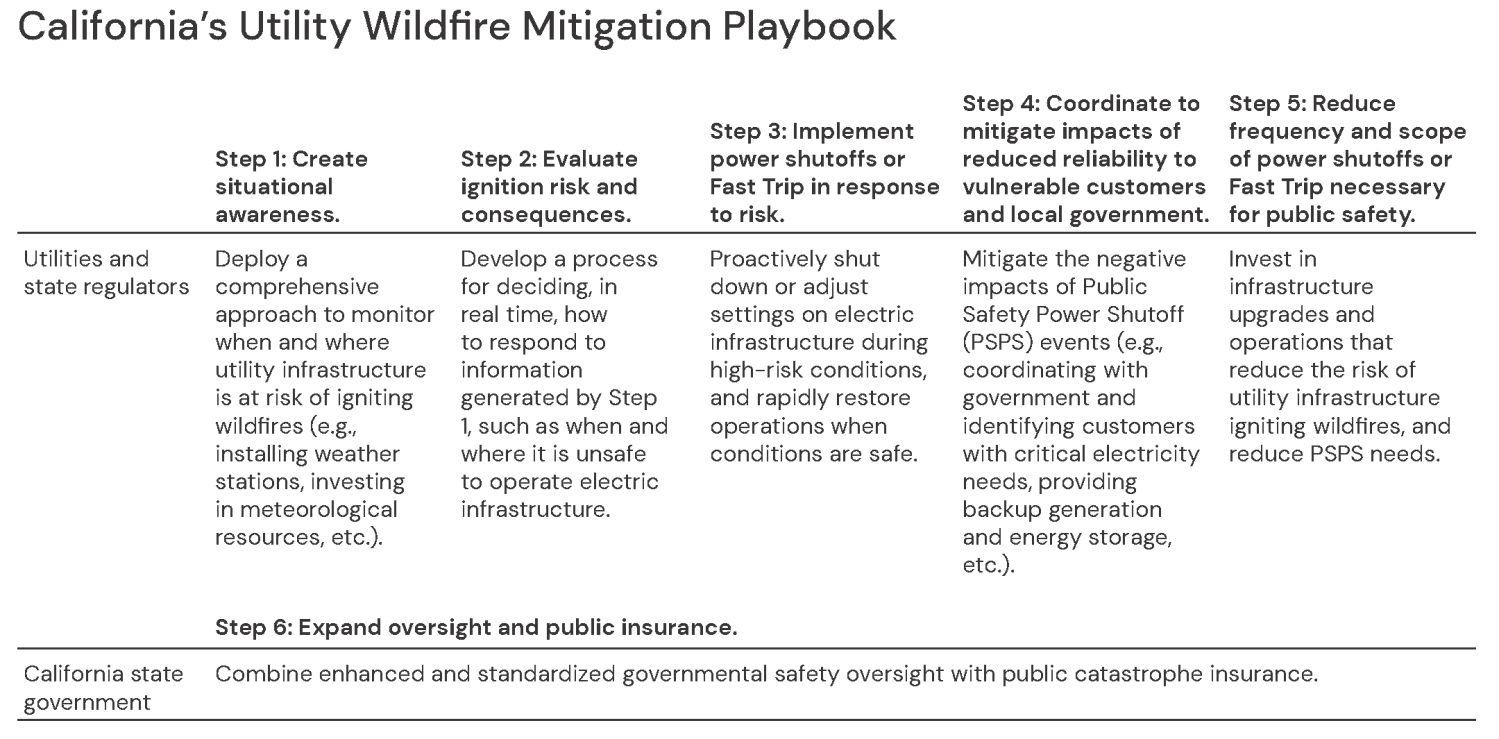
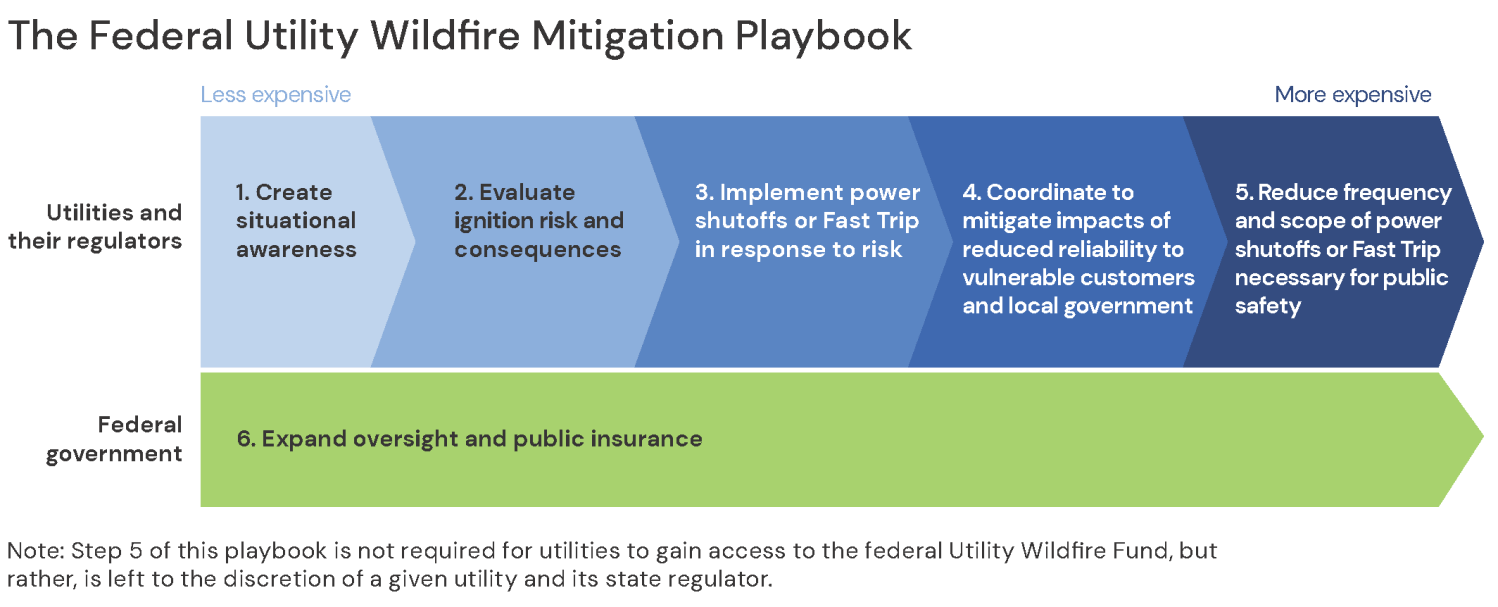



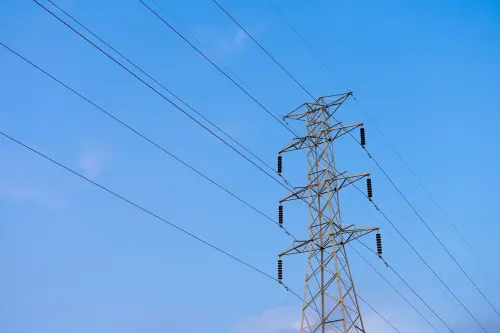
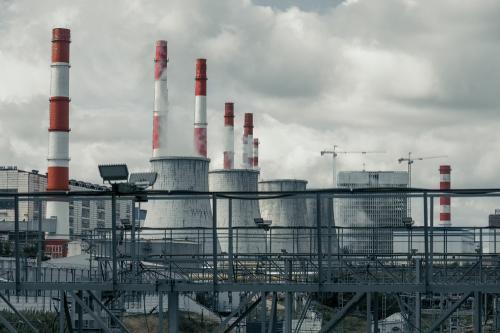
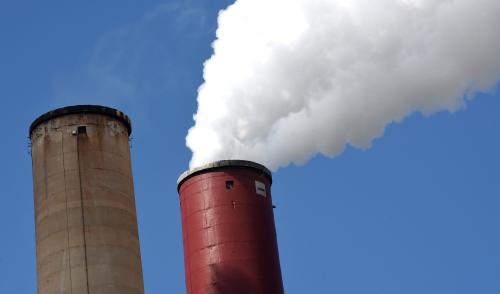



Commentary
Climate change and utility wildfire risk: A proposal for a federal backstop
May 22, 2024
Key takeaways: